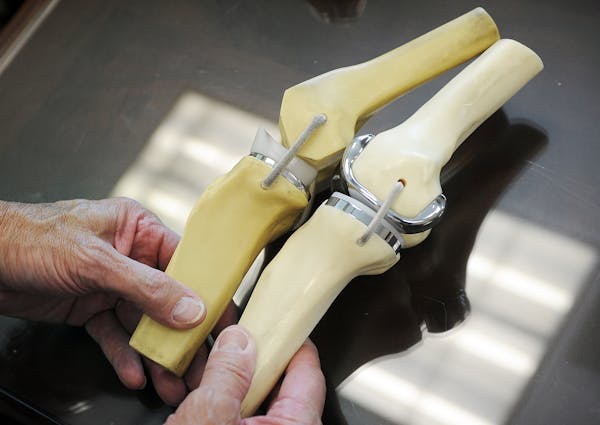Scientists reported finding it in 1992: a mushroom that weighed as much as a blue whale and sprawled across more than 30 acres of forest in Michigan. It was a 1,500-year-old parasitic mold. Nearly 30 years later, the same scientists — using new technology for genetic analysis — wanted to know whether they had properly measured this unusual example of fungal life. And the researchers discovered that the fungus, Armillaria gallica, is even older and bigger than first estimated: the 2,500-year-old parasite spreads across 180 acres of forest. And its genome harbors a mysterious survival strategy: an extremely low mutation rate. This old beast harbored only about 160 mutations, orders of magnitude lower than expected.
Romeo finds his Juliet; will it save species?
Romeo was made for love. But for years he couldn't find it. Romeo is a Sehuencas water frog, once thought to be the last one on the planet. He lives alone in a tank at the Museo de Historia Natural Alcide d'Orbigny in Bolivia. Researchers expected to find another frog he could mate with and save the species from extinction. But they searched stream after stream, and nothing. Romeo, called the "World's Loneliest Frog," started sharing his feelings on Twitter. He needed a match before he croaked. Now Juliet has been found — conservationists have great hopes. If all goes well when the two meet, their offspring will return to the wild. Teresa Camacho Badani, a herpetologist, has another message: "Never give up searching for that happy ending."

NASA hears from Voyager 1, the most distant spacecraft from Earth, after months of quiet

The House votes for possible TikTok ban in the US, but don't expect the app to go away anytime soon

Why you should donate clothing: It (probably) won't end up at the dump

Apple pulls WhatsApp and Threads from App Store on Beijing's orders

